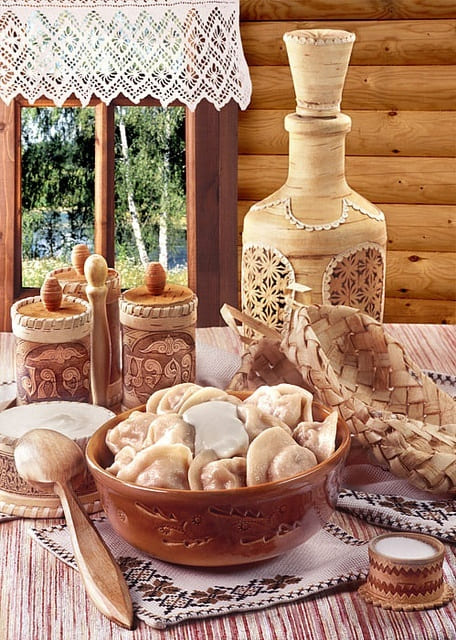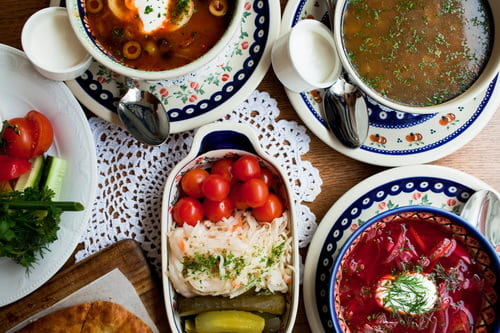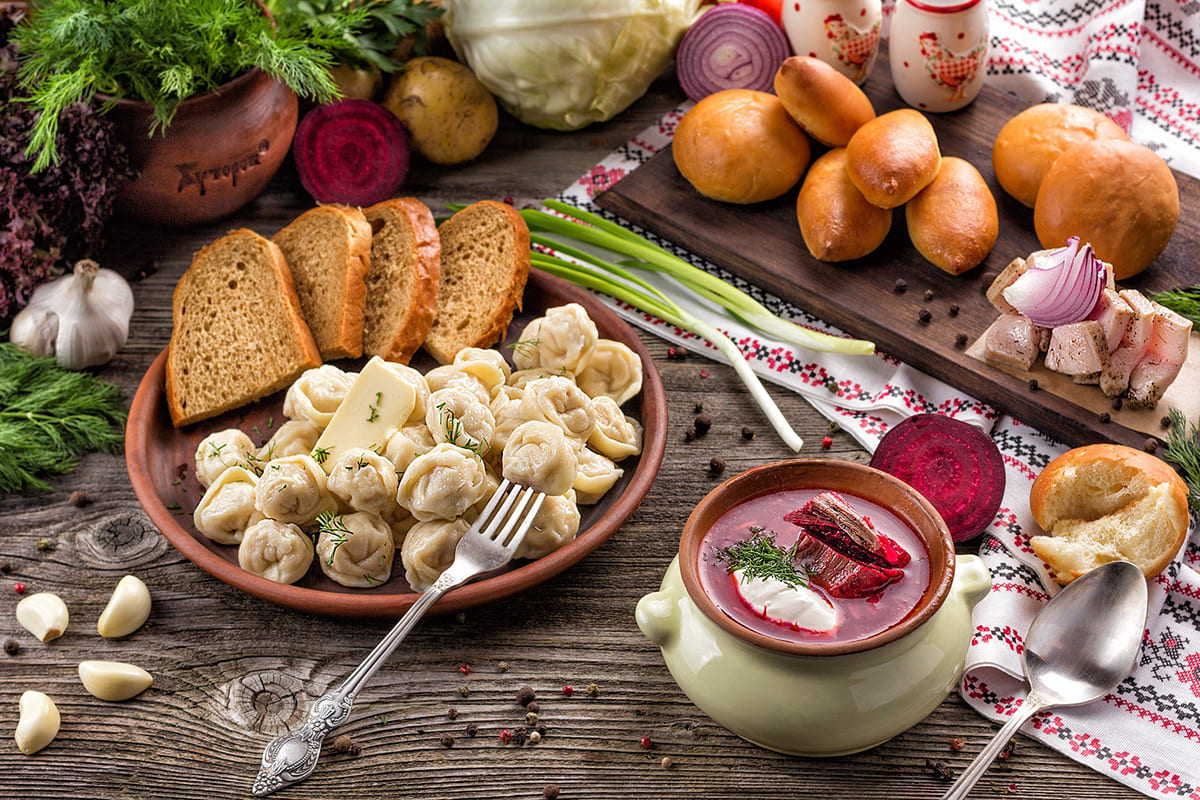Russia is a huge country and that is why Russian cuisine is a rich collection of diverse cooking traditions. Russian food has its own peculiarities due to the country’s severe climate in winter and its forests rich in berries, mushrooms in summer. Traditional Russian dishes are often made of vegetables, different crops, dairy products, fresh-water fish, poultry and meat.
For breakfast Russian people usually have milk porridge, syrniki (cottage cheese pancakes) or an omelette. Lunch is more sufficient and it often consists of a salad, a plate of soup and a main course. For dinner the Russians love fish and meat dishes with garnish (rice, buckwheat, mashed potatoes and stewed cabbage). Traditional pelmeni (meat dumplings), holodetz (meat jelly with pieces of meat, carrot and garlic) or golubtsy (cabbage rolls with minced meat) are special masterpieces of the national culinary art. The Russians also have salads, meat pies, apple pies, vareniki (cottage cheese, cherries or potatoes dumplings) and pancakes for dinner.
The most traditional Russian salads are Olivier, “Herring under a furcoat” and vinegret. All of them are a nourishing mixture of various ingredients such as boiled eggs, boiled vegetables (potatoes, carrots, beetroot), sausage or meat, onions, green peas and cucumbers.
Russian cuisine is famous for the variety of soups: shchi (cabbage soup), borsch (red beetroot soup), ukha (fish soup), solyanka (thick soup made of pickled veggies, meat and sausage) and rassolnik (pickle soup). A plate of hot and spicy soup helps to stay warm during long cold winters. And one of the favourite soups during hot summers is okroshka (cold vegetable and sausage soup based on kvas). All kinds of soups are normally dressed with sour-cream. It is notable that Russian people eat bread with all dishes.
Traditional Russian drinks are hot black tea with jam or honey, compote (stewed fruit drink) and kvas (drink made from rye bread).
The Russians are good at preserving fruits, vegetables and mushrooms. Classic Russian appetizers: pickled cabbage, tomatoes, crispy cucumbers and even apples – are always on a festive table.
Russian people have always been known for their hospitality. They are happy to welcome guests with lavish dinners with abundance of food on the table.
Перевод
Россия – огромная страна, и поэтому русская кухня представляет собой богатую коллекцию разнообразных кулинарных традиций. Русская еда имеет ряд особенностей благодаря жесткому климату страны зимой и его лесам, богатым ягодами и грибами в летнее время. Традиционные русские блюда часто готовят из овощей, различных круп, молочных продуктов, речной рыбы, дичи и мяса.
На завтрак русский народ обычно ест молочную кашу, сырники (оладьи из творога) или омлет. Обед более сытный и нередко состоит из салата, тарелки супа и основного блюда. На ужин русские любят рыбные и мясные блюда с гарниром (рисом, гречкой, картофельным пюре и тушеной капустой). Традиционные пельмени (клецки с мясом), холодец (мясное желе с кусочками мяса, моркови и чеснока) или голубцы (капустные рулеты с мясным фаршем) являются особенными шедеврами национального кулинарного искусства. Русские также едят салаты, пироги с мясом или яблоками, вареники (клецки с творогом, вишней или картофелем) и блины на ужин.
Наиболее традиционными русскими салатами являются Оливье, Сельдь под шубой и винегрет. Все они представляют собой питательную смесь из различных ингредиентов, таких как вареные яйца, отварные овощи (картофель, морковь, свекла), колбаса или мясо, лук, зеленый горошек и огурцы.
Русская кухня известна разнообразием супов: щи (суп с капустой), борщ (красный суп со свеклой), уха (суп с рыбой), солянка (густой суп из маринованных овощей, мяса и колбасных изделий) и рассольник (суп с соленьями). Тарелка горячего пряного супа помогает оставаться в тепле в долгие холодные зимы. А одним из любимых супов в жаркое лето стала окрошка (холодный суп с овощами и колбасой, приготовленный на квасе). Все виды супов обычно заправляются сметаной. Интересно заметить, что русский народ ест хлеб со всеми блюдами.
Традиционными русскими напитками являются горячий черный чай с вареньем или медом, компот (напиток из тушеных фруктов) и квас (напиток, изготовленный из ржаного хлеба).
Русские прекрасно занимаются консервированием фруктов, овощей и грибов. Классические русские закуски: квашеная капуста, маринованные помидоры, хрустящие огурцы и даже яблоки – всегда лежат на праздничном столе.
Русские люди всегда славились своим гостеприимством. Они рады встречать гостей щедрым ужином с изобилием еды на столе.
Тема «Русская кухня» (Russian cuisine) — 4.6 out of
5
based on
54 votes
►Russian Culture ►Russian Cuisine
Russian cuisine often gets a bad press for being bland and stodgy but this reputation is undeserved. Russian cuisine has some delicious dishes which you should definitely try when visiting the country. Russian cuisine has absorbed European, eastern, southern and northern influences and it can vary from region to region, even in respect of the same dish. Russian food tends to be very heavy with lots of fat due to the use of oil, butter, sour cream and mayonnaise. This can be explained by the traditional need of calories during Russia’s harsh winters. Pickled foods also feature heavily, again due to the winter and the need to preserve fresh products. Traditionally Russian food was cooked in special ovens which even today are still found all over Russian villages. Below we provide you with a brief guide of some of the dishes you will see on a traditional Russian menu.
Zakuski / Hors d’oeuvre (Закуски)
A special feature of Russian cuisine is its wide array of hors d’oeuvre. These can be made out of vegetables, meat or fish and can be ordered as a started or just to have on the table throughout the dinner, as they are often eaten after a shot of vodka is drunk.
Caviar (Икра)
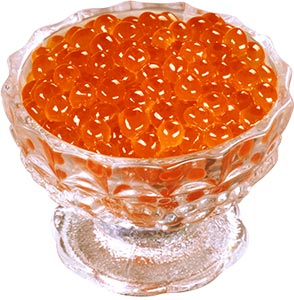
Kholodets (Холодец)
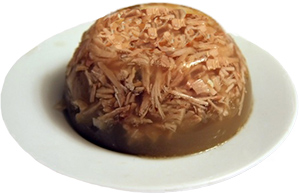
Pies (Пирожки)
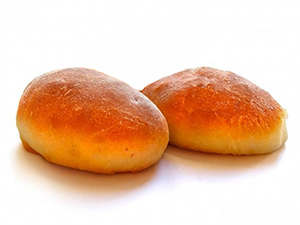
Julienne (Жюльен)
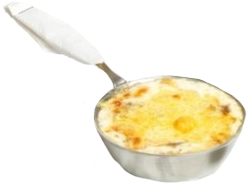
Salads (Салаты)
Russians tend to prefer their salads heavy with lots of mayonnaise, although European style olive oil and vinegar-based salads, such as caesar salads and greek salads, can now be found alongside the tradition Russian salads on most menus across the country. Russian salads with fresh vegetables often use sunflower oil rather than olive oil.
Olivier (Оливье)
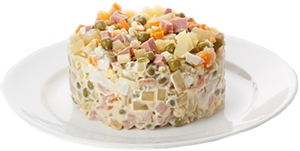
Vinegret (Винегрет)
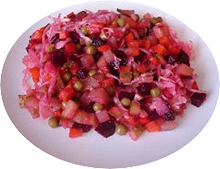
Herring In a Fur Coat (Селёдка под шубой)
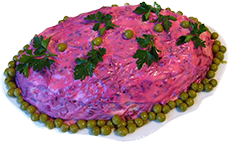
Korean Carrots (Морковь по-корейски)
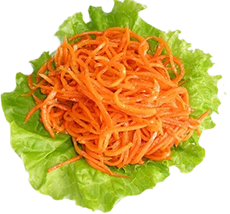
Breakfast Dishes (Завтраки)
Russian breakfasts at restaurants and hotels can vary and sometimes dishes more resembling dinner such as sausages and pasta can be served. The dishes mentioned below though make a delicious start to the day.
Kasha (Каша)
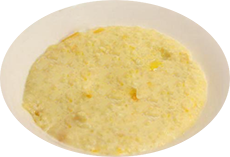
Blini (Блины)

Syrniki (Сырники)
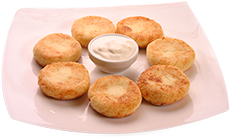
Oladi (Оладьи)

Soups (Супы)
Soup is an important dish in Russia and most Russian meals start with soup. In fact the common type of service where various courses (salad, soup, main, desert) are brought sequentially was originally known as Service à la russe (‘service in the Russian style) and previously in Europe all dishes were placed on the table at once.
Borsch (Борщ)
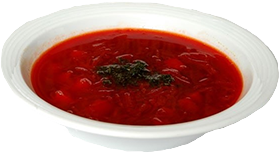
Schi (Щи)
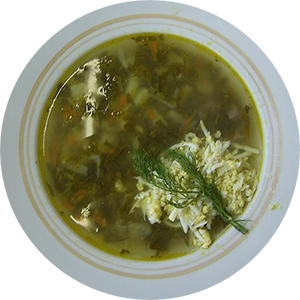
Ukha (Уха)
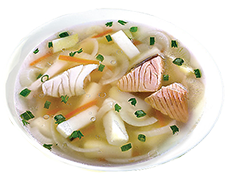
Okroshka (Окрошка)
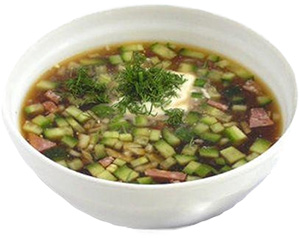
Solyanka (Солянка)
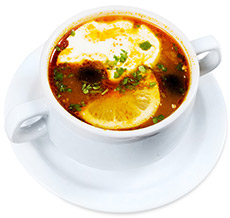
Rassolnik (Рассольник)
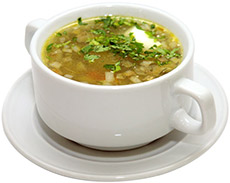
Main courses (Основные блюда)
Most Russian main courses consist of meat and although the situation is improving, vegetarians still don’t always have a lot of choice when order food in restaurants. The most popular meats in Russia are pork, beef, chicken and lamb. However you can also sometimes find on the menu rabbit, duck, goose and in some specialist restaurants even wild boar, moose, venison and bear. In restaurants you normally need to choose a side dish separately to your main. Popular side dishes include fried potato, mashed potatoes, chips, rice, buckwheat or macaroni. Upon arriving in Russia it won’t take long for you to notice that dill is a popular herb in Russian cuisine.
Shashlyk (Шашлык)
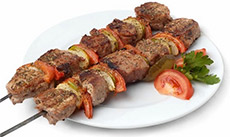
Cutlets (Котлеты)
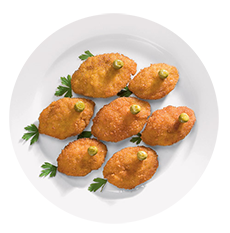
Escalopes (Эскалопы)
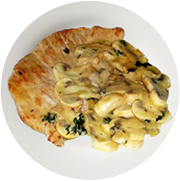
Beef Stroganov (Бефстроганов)
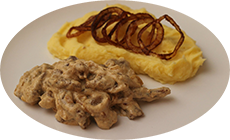
Zharkoe (Жаркое)
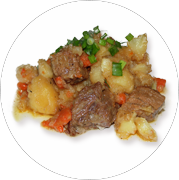
Pelmeni (Пельмени)
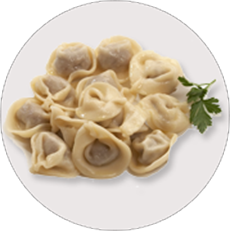
Vareniki (Вареники)
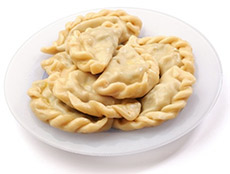
Manty (Манты)
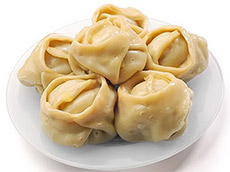
Golubtsy (Голубцы)
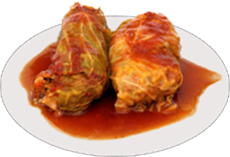
Drinks (Напитки)
Although in Russian you can now get hold of most of the brands of soft drinks and alcohol you find in the West, there are some drinks that are specialities of Russia. The most popular non-alcoholic drink in Russia is probably tea and most gatherings will probably end with a cup of tea accompanied with something sweet.
Vodka (Водка)

Mors (Морс)
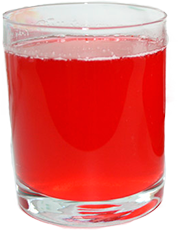
Kompot (Компот)
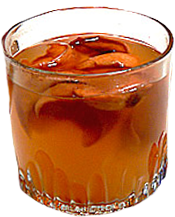
Kvas (Квас)
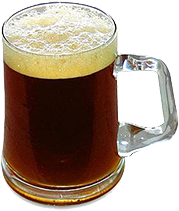
Medovukha (Медовуха)

Sbiten (Сбитень)
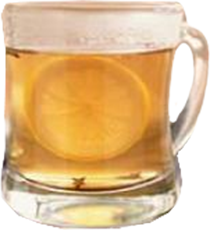
Kefir (Кефир)
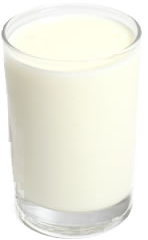
Kisel (Кисель)
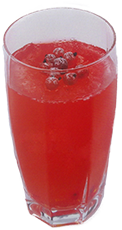
Baikal (Байкал)

►Russian Culture ►Russian Cuisine
Russian cuisine
Each nation has its culinary traditions and dishes that people consider the most delicious in the world. Traditional Russian first hot dishes are “ukha” and “shchi”. “Ukha” or fish soup is one of the most ancient dishes that was prepared by the ancient Slavs since in those days there were lots of fish in rivers and lakes. “Shchi” (cabbage soup) appeared later. Scientists talk about the 9th century AD when peasants began to grow cabbage. Cabbage soup was first prepared in a clay pot, and over time, in a cast-iron one and certainly in a Russian stove.
Another dish that comes to mind is “bliny” (pancakes). The batter is poured into a pan and fried on both sides. Pancakes are eaten with sour cream or jam, and you can also cook different toppings for them. This dish is so loved by the Russian people that there is even a holiday, Maslenitsa, which lasts a whole week, during which pancakes are the main food. This is a pagan holiday of farewell to winter on the one hand, and on the other, preparation for Lent, when meat and dairy products cannot be eaten for the next 40 days.
Moms in many Russian families prepare pies, both fried and baked. The fillings can be any: minced meat, egg and green onions, cabbage, fruits, and jam. Pies, as a rule, are small dough products. But some craftswomen know how to cook kulebyaka. This is a traditional Russian pie, in which there are several types of stuffing, where each is separated by a thin pancake so as not to mix. My grandmother sometimes cooks kulebyaka on holidays, and this huge pie serves as a real table decoration.
Among the sweet dishes that are originally Russian can be called various “kiseli” (jelly). In modern times, it is cooked from various berries with the addition of starch and sugar. And in ancient Russia, oats, and cranberries were used.
But it’s better not to talk about dishes, you need to try them, so bon appetit (enjoy your meal).
Перевод
Каждый народ имеет свои кулинарные традиции и блюда, которые считает самыми вкусными в мире. Традиционными русскими первыми горячими блюдами считаются уха и щи. Уха или суп из рыбы — одно из самых древних блюд, которое готовили еще древние славяне, благо, в те времена водилось много рыбы в реках и озерах. Щи появились позже. Ученые говорят о 9 веке нашей эры, когда крестьяне начали выращивать капусту. Щи (капустный суп) готовили сначала в глиняном горшке, а со временем и в чугунном и непременно в русской печке.
Другое блюдо, которое приходит на ум, — это блины. Жидкое тесто разливают по сковородке и жарят с обеих сторон. Блины едят со сметаной или вареньем, а также можно готовить к ним разные начинки. Это блюдо настолько любимо русским народом, что даже есть праздник, Масленица, длящийся целую неделю, на протяжении которой блины – основная еда. Это языческий праздник прощания с зимой с одной стороны, а с другой, подготовка к Великому посту, когда ближайшие 40 дней нельзя есть мясные и молочные продукты.
Мамы во многих русских семьях готовят пироги, как жаренные, так и печеные. Начинки могут быть любыми: мясной фарш, яйцо и зеленых лук, капуста, фрукты и варенье. Пироги, как правило, — небольшие изделия из теста. Но есть мастерицы, которые умеют готовить кулебяку. Это традиционный русский пирог, в котором несколько видов начинки, где каждая отделена тонким блинчиком, чтобы не смешиваться. Моя бабушка иногда готовит кулебяку по праздникам, и этот огромным пирог служит настоящим украшением стола.
Среди сладких блюд, являющихся исконно русскими можно назвать различные кисели. В современное время его варят из различных ягод с добавлением крахмала и сахара. А в древней Руси использовали овес и клюкву.
Но о блюдах лучше не говорить, их нужно пробовать, так что приятного аппетита.

